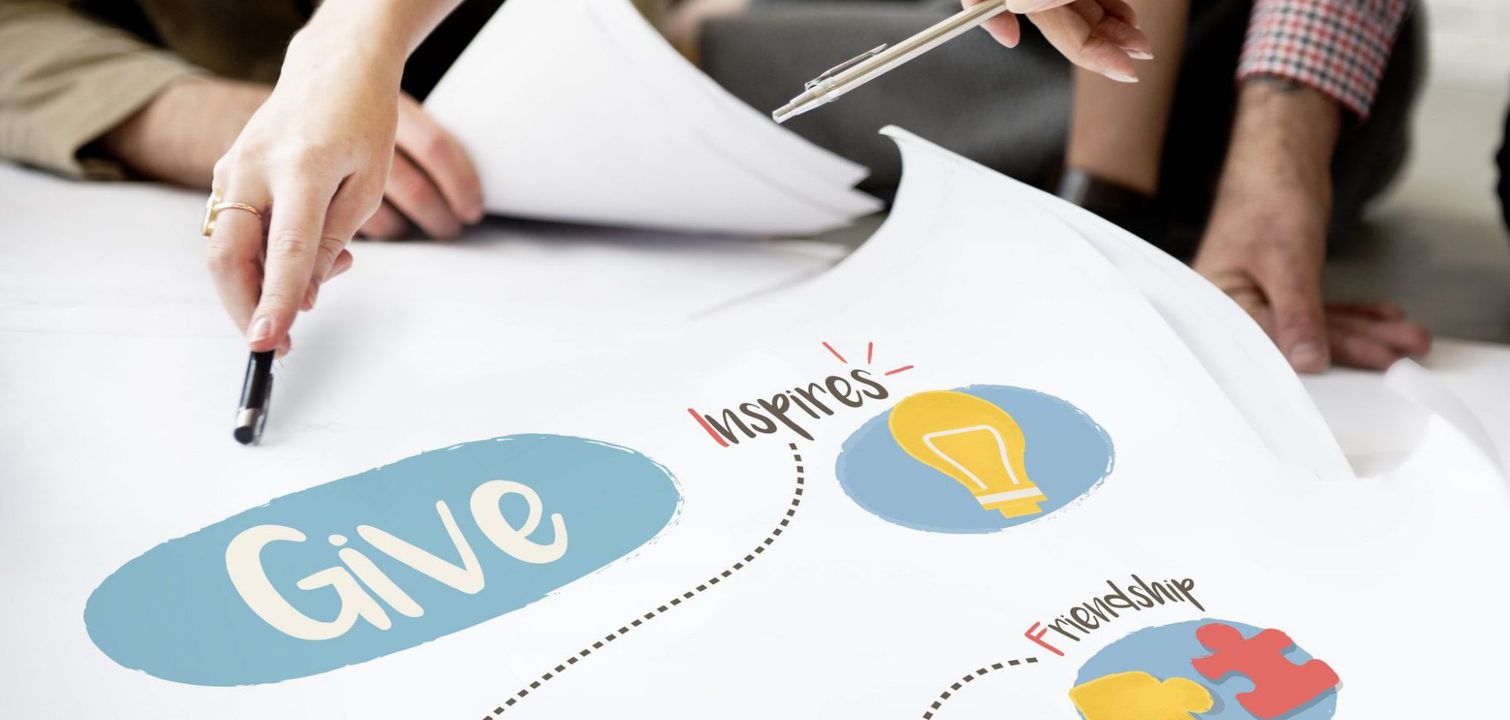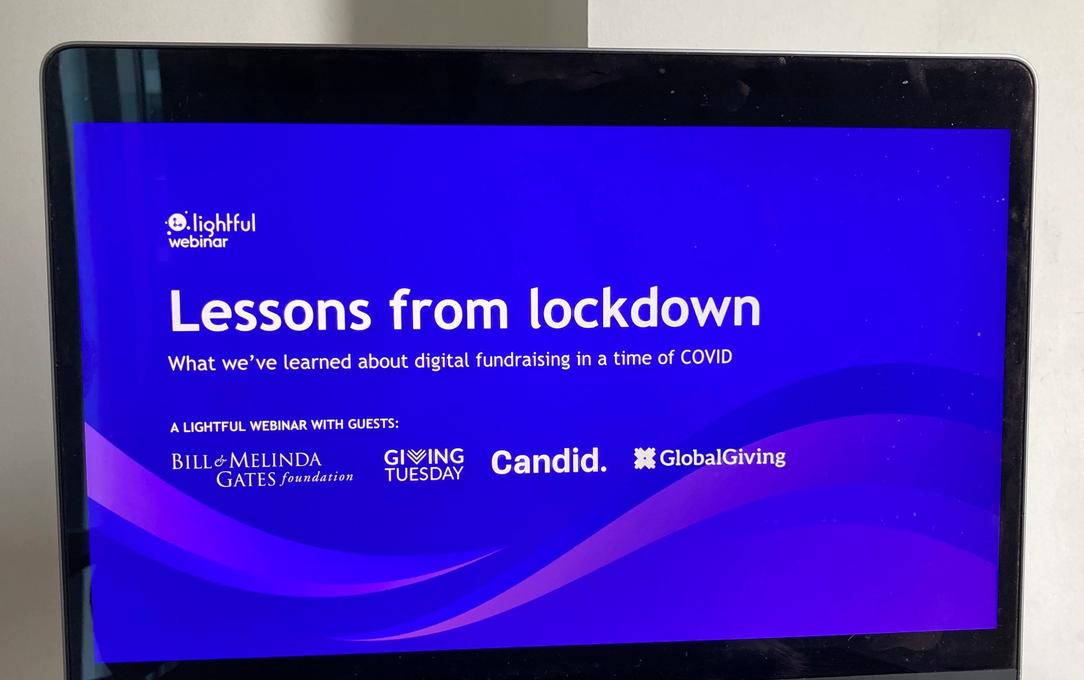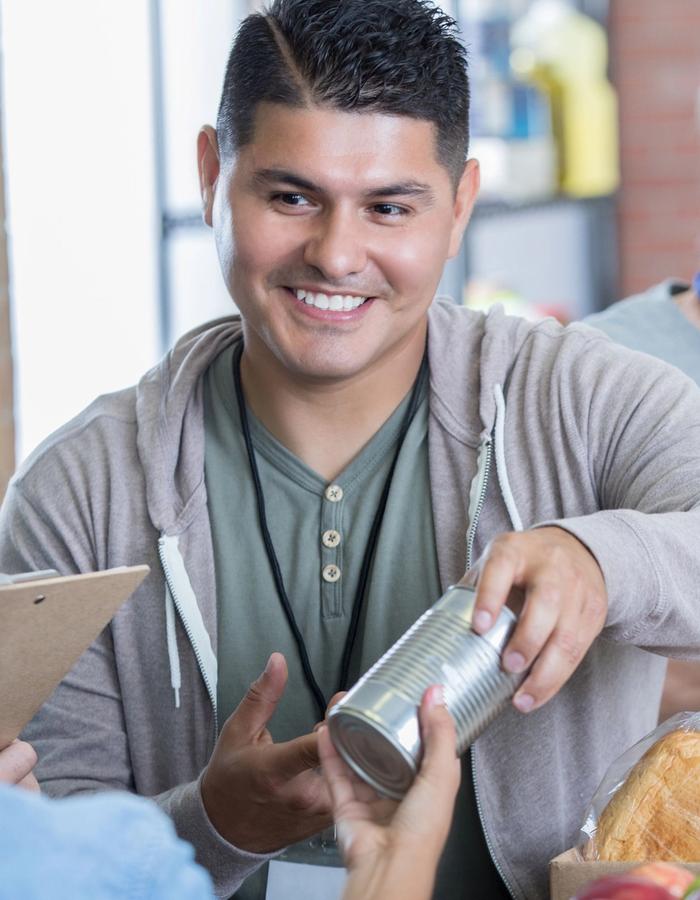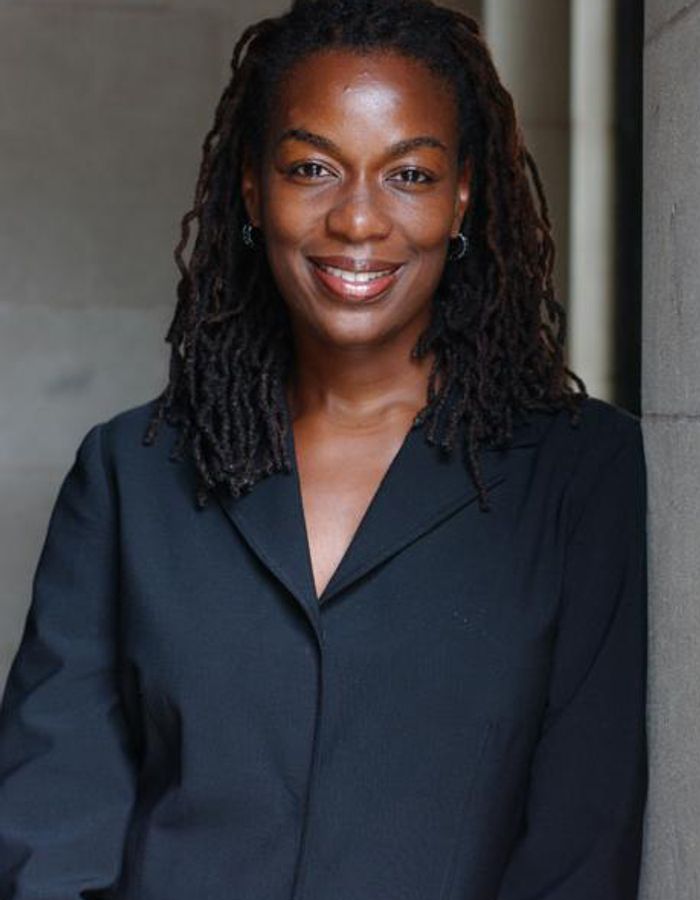How the digital donor landscape is changing

The donor landscape is changing – perhaps for good. As millennials start to turn 40 years old, charities have to diversify their income and become social causes in order to capture essential funds and much-needed attention.
As the giving community changes so do their expectations with 42% of millennial donors expecting some kind of live chat through your website when interacting with your cause. Collectively, millennial donors’ and Generation X (born after 1965) makeup over 50% of donors in the UK. They’re also twice as likely to increase their contributions year on year compared with the older generation (who are just as likely to reduce their contributions).
“Donors are now wanting charities to show accountability”
What’s more striking, however, are the changing attitudes that come with an evolving charitable giving. The idea that charity starts at home is becoming dated. Donors are now wanting charities to show accountability – there’s pressure for organisations to demonstrate impact given lack of trust following scandals which are becoming more frequent. None of these challenges are going to be easy to overcome, but they aren’t going away.
What does this mean for social?
Social platforms face unique challenges to organisations in this new world – but they can also be great solutions to traditional charity problems; transparency and demonstrating impact being a great example. The use of social media to demonstrate impact is a no-brainer but given that 60% of millennials and Gen Z said a message on social media was an acceptable way of asking for donations, the need for coverage on social is more important than ever.
23% of all millennials use social media to research before they give
Giving is starting to be an activity that is led by the younger generations. However, the missing piece of the puzzle is demonstrable impact outside of the archaic annual report. Social wins the day here. 39% of all Gen Zers and 23% of all millennials who research before they give use social media as their preferred method. Both Gen Zer’s and millennials want to give via social or would give as a result of seeing something inspiring on social.
Becoming a social-first organisation
The next logical step is to become a social-first organisation. For years, organisations have debated how becoming “donor-centric” is going to revolutionise giving. But it’s way more important to become social-first. Social first organisations put beneficiaries front and centre without neglecting the donor experience – transforming your cause into a movement as a result.
The best thing about being a social-first organisation, however, is that you’re mobile-ready by default. You’re in people’s pockets and able to show impact with the best storytelling tools on the market. Whilst change is challenging it’s the end product that you’ll remember – equipping yourself for the future so your organisation can thrive.
References:
Blackbaud Next Generation of UK Giving report by the Blackbaud Philanthropic Institute (2018)
Charity Digital Skills Report, Zoe Amar / Charity Skills (2019)
Latest articles

In a world of growing uncertainty, small and local non-profit organisations often find themselves with competing priorities and struggle to plan how to allocate their available resources. Despite the increasing demand for their vital work, they are not always able to allocate the funds they receive to strategic planning and future growth.

As the world becomes more digitally-focused, it’s essential for nonprofits to have a digital presence. With more and more options for online engagement, we know that this can be challenging for nonprofits to tackle. But, we also know that it is a huge opportunity to increase audience engagement, awareness and fundraising. To help nonprofits navigate this, we’re going to explore the “whys” and “hows” of creating a nonprofit digital strategy. We’re even providing a free digital strategy canvas to help nonprofits improve their online presence in just a few steps.
Related posts

One of the primary goals of Lightful's BRIDGE programme is to help small and grassroots nonprofits raise more funds through digital channels. Thanks to the tools and support we provide, participants' confidence in their digital skills grows dramatically. We also help them practice their new-found skills by running campaigns around key milestones, like Giving Tuesday, which provide real-world opportunities to test, learn and improve further.

Last week we’ve hosted a webinar with a very interesting panel sharing their key lessons learned about digital fundraising during lockdown.
See who we help
Contact us
Want to learn more?
Email Jonathan and start a conversation





